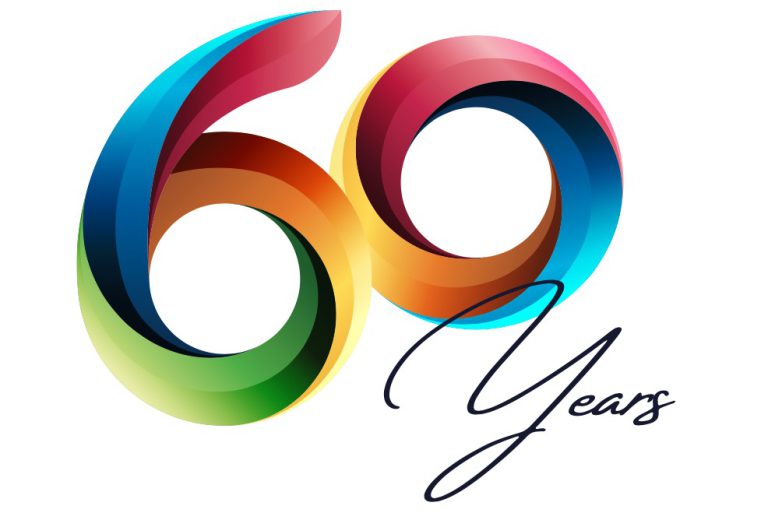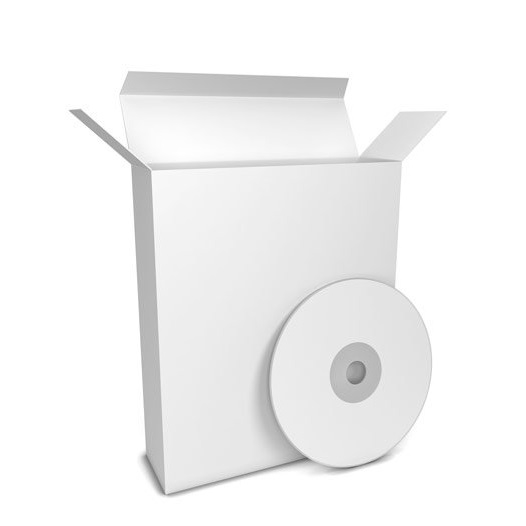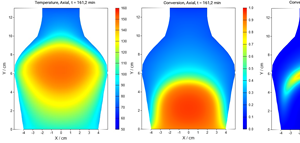תיאור
Universal Measurement Methods
Proteus® software uses across-the-board measurement methods which can be employed on different instruments of the same type (e.g., on any DSC instrument). This enables users ‒ with the appropriate instrument configuration ‒ to carry out measurements with multiple instruments under exactly the same conditions. If needed, the curve evaluation can even be integrated into the respective measurement method so that the evaluated curve is automatically available immediately after completion of the experiment.
SmartMode
The intuitive SmartMode user interface (for DSC, TGA and HFM systems, beginning with the 7th generation of the NETZSCH Proteus® software) allows for the quick and uncomplicated start of a measurement by using wizards (quick-start routines), user-defined measurement methods or pre-defined measurement methods.
ExpertMode
ExpertMode is designed for any user preferring complete access to the entire range of commands of the Proteus® software, operated via toolbar buttons. SmartMode and ExpertMode are part of the standard configuration of the Proteus® software and can always be found next to each other.
AutoEvaluation*
AutoEvaluation (beginning with the 7th generation of the Proteus® software) is a unique evaluation routine that autonomously finds and evaluates all effects in DSC and TGA curves by means of an intelligent mathematical algorithm. It allows for different persons to always obtain the same, clear result. Experienced users can utilize the automatic evaluation result as a second opinion or employ this exceptional function to arrive at a result faster.
Identify*
In the field of thermal analysis, Identify is the only software of its kind (beginning with Proteus® version 7.1; applicable to DSC, TGA, DIL, TMA and cp curves). Via database comparisons, it only takes a few seconds for Identify to identify and classify materials. With a single click, experimental curves (even ones that are not yet evaluated) can thus be checked for agreement with stored individual curves, literature data or statistical classes. The NETZSCH libraries supplied include more than 1,300 entries from the application fields of polymers, organics, food, pharma, metals/alloys, ceramics and inorganics, as well as the chemical elements. When using Identify, a hit list is produced – of the type known, for example, in spectroscopy. The various hits on the list can be integrated into the evaluation graphs with a single click of the mouse. For comparison purposes, any measurement curves can even be superimposed onto each other – even those of differing types.




